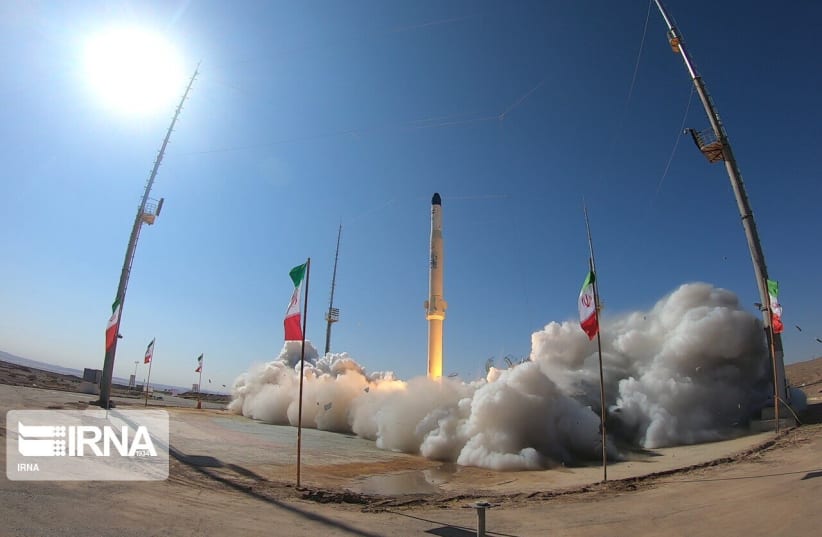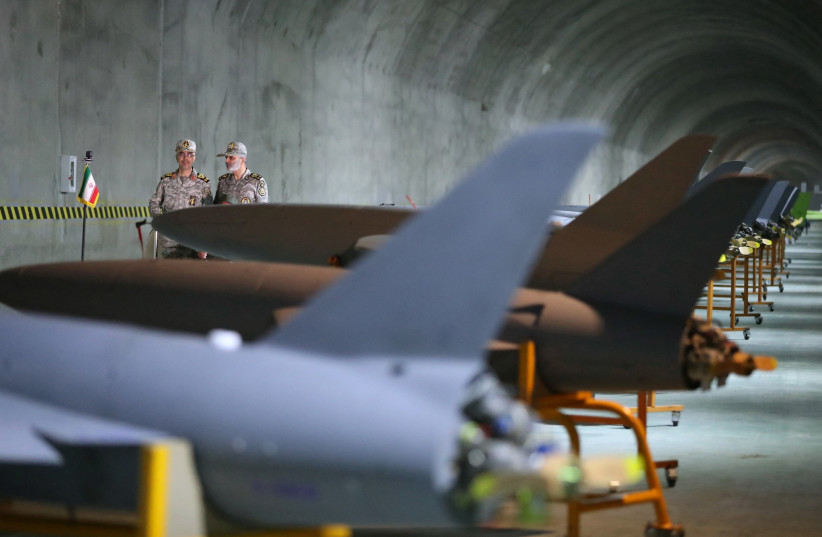Iran has carried out a second test of its Zuljanah satellite launcher, Iranian state TV reported on Sunday, in a move likely to irk Washington amid expectations of a resumption of indirect talks between the arch foes to revive the 2015 nuclear pact.
This could eventually enable Iran to potentially target with nuclear weapons not only Israel and Saudi Arabia – both of which are already in range of the Islamic Republic’s existing conventional mid-range ballistic missiles – but also could allow it to strike Western Europe and the US. Tehran would still need to master some additional skills, but successful satellite launches can signal leaps forward in mastering a variety of such talents.
It will be critical to learn how successful the launch was, something that was not fully clear from the video, though the satellite was seen traveling for an extended period and then eventually blowing up.
In December 2021 and March of this year, the ayatollahs attempted other space satellite launches. The March launch involved a three-stage, solid- and liquid-fueled Qased space-launch vehicle that carried the Noor-2 satellite into lower-Earth orbit.
Iranian state media in March showed footage of the vehicle being launched from a mobile launcher on a concrete pad near Shahroud.
Israel, the US and others are concerned that these could help develop the same skills needed for launching and delivering an intercontinental ballistic missile with a nuclear warhead.
Iran ventures into space
In 2020, Tehran surprised the world, successfully launching a satellite into space. Also, in 2020-2021, it unexpectedly figured out how to operate advanced centrifuges like the IR-4 and IR-6 after years of flops and of being held back by the much slower IR-1 and IR-2m.
“The third development phase of the Zuljanah satellite launcher will be based on a combination of information gained during today’s launch,” a defense ministry spokesperson told state TV on Sunday, without clarifying whether the test was successful.
The announcement came as a months-long impasse in the indirect talks between Tehran and Washington is expected to break in the coming days to secure the 2015 pact that curbed the Islamic Republic’s nuclear program in exchange for sanctions relief.
Last year, the United States voiced concern over the successful launch of the domestically made satellite for the first time, which Tehran said was aimed at helping achieve its “most powerful rocket engine.”
Seyyed Ahmad Hosseini, a spokesman for the Iranian Defense Ministry’s space organization, said the Zuljanah is a three-stage satellite with two stages of solid propulsion and a single liquid one.
Solid fuel vehicles are far more difficult and dangerous to develop than the liquid kind, but are superior for military uses, including the ability to be concealed in remote areas and fired with little notice.

